Mastiff vs. Rat Terrier: Breed Differences and Similarities
Weight Gain Potential
Which breed eats more: Mastiff or Rat Terrier?
Mastiff has high obesity risk, needs regular exercise and food control to maintain healthy weight.
Rat Terrier has average risk of obesity, needs daily walks and quality diet to maintain healthy weight.
Hypoallergenic
Are Mastiffs or Rat Terriers hypoallergenic, or neither?
Unfortunately, neither Mastiff nor Rat Terrier are hypoallergenic, which may not make them the best choice for dog lovers who suffer from pet allergies.
Temperament
What are the personalities of Mastiff and Rat Terrier dogs?
Affectionate
Cheerful
Intelligent
Protective
Alert
Courageous
Loyal
Affectionate
Inquisitive
Loving
Alert
Lively
Shedding Level
Do Mastiffs shed more than Rat Terriers, or which breed sheds more, Mastiffs or Rat Terriers?
Mastiffs are moderate shedders, but regular brushing can reduce shedding and maintain coat health.
Rat Terriers are heavy shedders, but regular brushing can help manage shedding and promote a healthy coat.
Watchdog Ability
Which dog breed makes a better watchdog, the Mastiff or Rat Terrier?
Choose a Mastiff if you want a top-notch watchdog. This breed takes guarding seriously, and may not require much training, though obedience or guard dog training can improve their skills.
Rat Terriers are decent watchdogs - they'll alert their owner if something seems amiss.
Origin
What is the origin of Mastiff and Rat Terrier dog breeds?
England
United States
Ancestry
What are the origins of Mastiff and Rat Terrier breeds?
Molosser-type Dogs
Terrier, Whippet, Greyhound, Beagle
Breed recognition
Which kennel clubs recognize/register Mastiff and Rat Terrier?
American Canine Registry
American Kennel Club
America's Pet Registry
Canadian Kennel Club
Dog Registry of America Inc.
Federation Cynologique Internationale
Kennel Club of Great Britain
North American Purebred Registry, Inc.
American Canine Association, Inc.
Australian National Kennel Council
Continental Kennel Club
National Kennel Club
New Zealand Kennel Club
United Kennel Club
American Canine Registry
American Kennel Club
America's Pet Registry
Dog Registry of America Inc.
North American Purebred Registry, Inc.
American Canine Association, Inc.
Continental Kennel Club
National Kennel Club
United Kennel Club
Date of Birth
When were Mastiff and Rat Terrier breeds first developed?
1800s
Breed Group
What is the Breed Group of Mastiff and Rat Terrier?
Working (AKC:1885)
Guardian Dog (UKC)
Terrier (AKC:2013 & UKC)
Litter Size
What is the usual litter size for Mastiff and Rat Terrier?
A Mastiff can have a litter of 10-12 puppies on average. However, it's worth noting that the size of the litters can vary greatly. Factors that can influence litter size include the health of the mother, breeding history, and genetics.
A Rat Terrier can have a litter of 15-18 puppies on average. However, it's worth noting that the size of the litters can vary greatly. Factors that can influence litter size include the health of the mother, breeding history, and genetics.
Adaptability
Mastiff and Rat Terriers are known for their adaptability and versatility. They are capable of adapting well to a wide range of lifestyle changes and living environments, making them great companions for families and individuals of all lifestyles.
Health Issues
Between Mastiff and Rat Terrier, which breed is more prone to health problems?
Mastiffs typically have low vet costs due to their good health, but it's important to monitor their health and seek vet care when necessary.
While the Rat Terrier breed is generally healthy, occasional vet check-ups are still necessary to address any health concerns.
Major Concerns
What are the major health concerns for Mastiff and Rat Terrier breeds?
Gastric Torsion
Hip Dysplasia
Patellar Luxation
Elbow Dysplasia
Hip Dysplasia
Minor Concerns
What minor health issues should be kept in mind when owning Mastiff and Rat Terrier?
Entropion
Ectropion
Elbow Dysplasia
Progressive Retinal Atrophy
Retinal Dysplasia
Hypothyroidism
Demodectic Mange
Epilepsy
Legg-Calve-Perthes Disease
Color Dilution Alopecia
Teeth Issues
Occasional Tests
What occasional tests are recommended for Mastiff and Rat Terrier breeds?
Eye
Hip
Elbow
Thyroid Tests
X-Rays
Eye Examination
Hip
Elbow
X-Rays
Dental Examination
Physical Examination
Skin Evaluation
Energy
How do the energy levels of Mastiffs and Rat Terriers compare?
Mastiffs are a good choice for a low-key lifestyle due to their low energy levels.
Rat Terriers thrive on an active lifestyle due to their high-energy nature.
Social Needs
Mastiff vs Rat Terrier social needs comparison
Mastiff has average social needs and is less independent than other breeds.
Rat Terrier has very high social needs and requires regular mental and physical stimulation, a job or purpose, and companionship.
Exercise Needed
Mastiff vs Rat Terrier exercise need comparison.
Mastiffs need only a small amount of physical activity, ideal for busy or elderly people or those with limited space.
Rat Terriers need moderate physical activity and are great for families and active individuals.
Sleeping Need
Which of the two sleeps the most/least: Mastiff or Rat Terrier?
Mastiffs are known for their relaxed and calm nature and enjoy long periods of sleep.
Rat Terriers are active and require sufficient sleep to stay healthy.
Drooling Tendency
Which drools more/less, Mastiff or Rat Terrier?
Mastiff excessively drools, consider a different breed if not appealing.
Rat Terrier minimally drools, ideal for those who dislike drool marks on clothing.
Tendency to Bark
Do Mastiffs or Rat Terriers bark more/less frequently?
Mastiffs are typically quiet and only bark when needed, such as to alert their owner or when in distress.
Rat Terriers bark moderately when necessary and may also bark due to certain triggers like fear, alarm, boredom, greeting, separation anxiety and compulsive barking.
Territorial
Is the Mastiff or Rat Terrier a better guard dog?
These breeds are known for being extremely protective and make excellent guard dogs. They possess a strong instinct to defend their territory and owners and have a high level of vigilance and alertness.
Mouthiness
Mouthiness Comparison: Mastiff vs Rat Terrier?
Roaming urge
Mastiff vs Labrador: Running away tendency?
Prey Drive
Mastiff or Rat Terrier - which breed has a higher level of prey drive?
Past times
What are some enjoyable activities and ways to keep Mastiff and Rat Terrier entertained?
Snuggling, Sleeping, Eating, Eating Snacks, Walk, Catch treats, Nap, Walking, Tug-of-war, People petts, Chase, Fetch, Running
Chase, Sniff, Bark, Trot, Fetch, Tug-of-war, Run, Playing, Chasing, Jumping, Running, Walking, Play, Walk, Play keep away
Tolerance of being left alone
Grooming
Which breed is easier to maintain in terms of grooming, Mastiffs or Rat Terriers?
The Mastiff has low grooming needs and is easy to maintain.
The Rat Terrier is a low-maintenance breed that doesn't require much grooming.
Intelligence
Comparing Intelligence: Mastiffs vs Rat Terriers
Mastiffs are average in obedience intelligence but have a high IQ and may cause trouble if left unsupervised.
Rat Terrier is a very intelligent and trainable breed.
Sensitivity Level
How do Mastiff and Rat Terrier compare in sensitivity?
Mastiffs have average emotions and adapt well to different situations.
This breed is sensitive and requires gentle handling and a calm home environment.
Affection Dependance
Which is the more affectionate dog breed: Mastiff vs Rat Terrier?
Apartment Friendly
Which breed is more apartment-friendly: Mastiff or Rat Terrier?
Mastiffs are good apartment dogs as long as they get enough exercise and stimulation outside of the apartment.
Rat Terriers make excellent apartment dogs, being fairly active indoors and not requiring a yard.
Child Friendly
Do Mastiffs or Rat Terriers have a friendlier temperament towards children?
The typical characteristics of Mastiff and Rat Terrier indicate that this breed of dog is an ideal companion for kids and makes them family pets. Their gentle and protective nature and calm mentality make them gel along quickly with the younger humans.
Senior-friendly
Which dog is more suitable as a pet for the elderly - Mastiff or Rat Terrier?
Cat Friendly
Do Mastiff or Rat Terrier breeds have a better compatibility with cats?
Mastiffs are very friendly with cats and make great companions for them.
Rat Terriers are good with cats, but early training is needed to prevent chasing behavior.
Dog Friendly
Which breed is more sociable with other dogs: Mastiff or Rat Terrier?
Mastiffs are average in their friendliness towards other dogs, and socialization can help.
Rat Terriers are friendly and active companions, and can be good family pets, though their friendliness towards other dogs may vary.
Pet friendly
How do Mastiff or Rat Terrier dogs interact with other pets?
Stranger Friendly
Which breed is more friendly with strangers: Mastiff or Rat Terrier?
Mastiffs are averagely friendly around strangers but benefit from early socialisation.
Rat Terriers are friendly but may bark at strangers, and training is easy due to their intelligence.
Playfulness
Which breed is more playful between Mastiff and Rat Terrier?
Mastiffs are not known for being a highly playful breed.
Rat Terriers have an average level of playfulness, enjoying playtime like most dogs but not excessively so.
Trainability
How do the trainability levels of Mastiffs and Rat Terriers compare?
Mastiff and Rat Terrier dogs are usually easy to train, but may require consistency to fully obey commands.
Compare Mastiff with other breeds
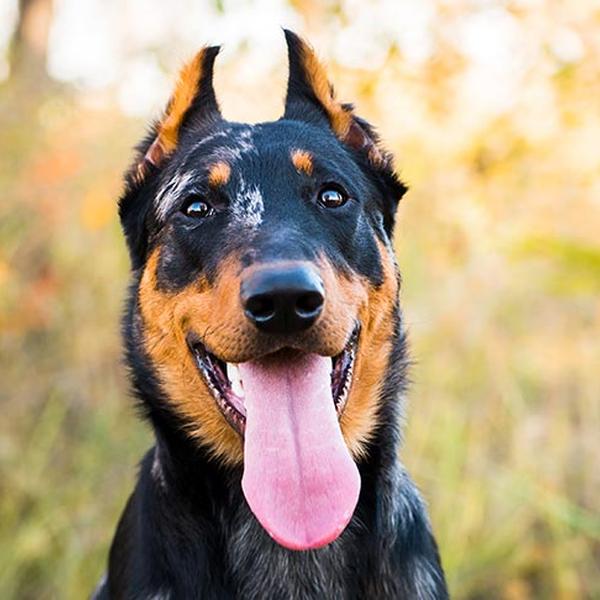
Beauceron
Mastiff vs Beauceron

Petite Goldendoodle
Mastiff vs Petite Goldendoodle

Miniature Bulldog
Mastiff vs Miniature Bulldog

German Shorthaired Weimaraner
Mastiff vs German Shorthaired Weimaraner

Miniature Irish Wolf Schnauzer
Mastiff vs Miniature Irish Wolf Schnauzer
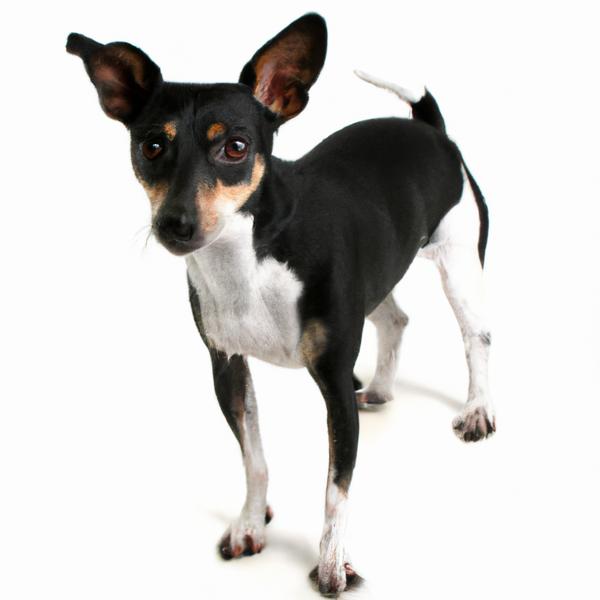
Rat Terrier
Mastiff vs Rat Terrier
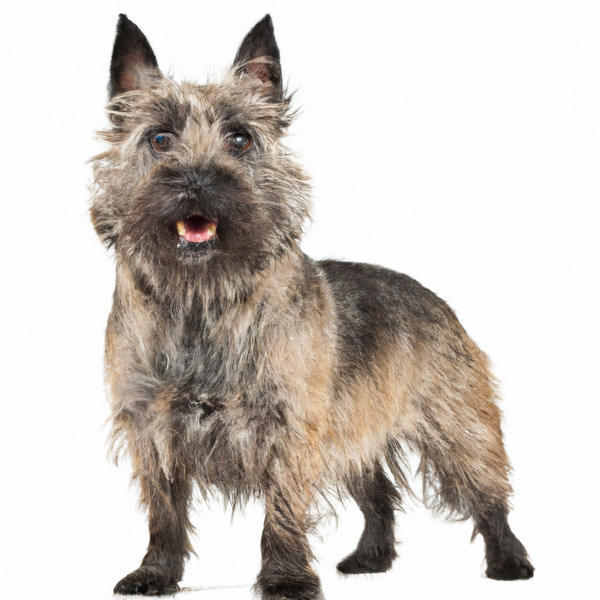
Cairn Terrier
Mastiff vs Cairn Terrier
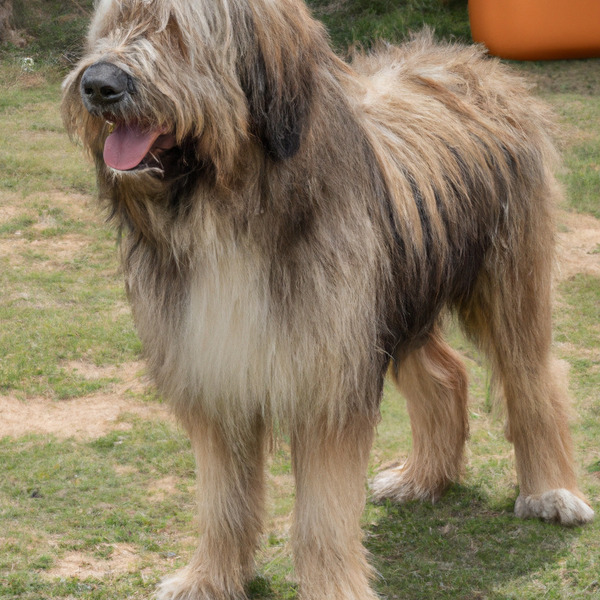
Catalan Sheepdog
Mastiff vs Catalan Sheepdog
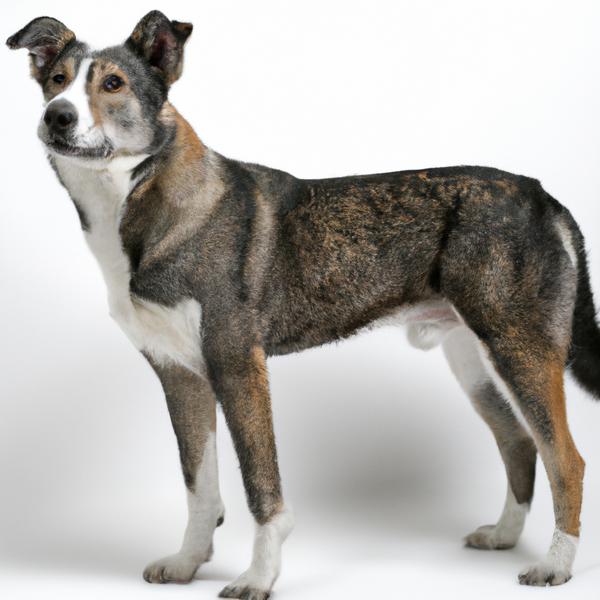
Soft Coated Woxer
Mastiff vs Soft Coated Woxer
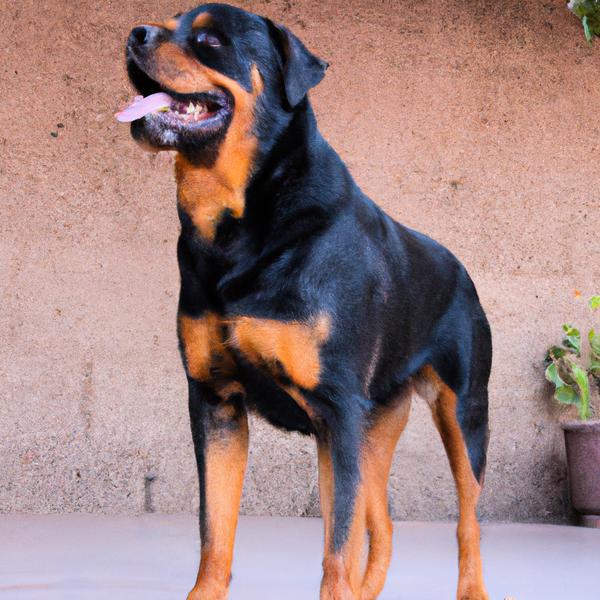
Rottaf
Mastiff vs Rottaf

Sealyham Terrier
Mastiff vs Sealyham Terrier

Silkytie
Mastiff vs Silkytie
